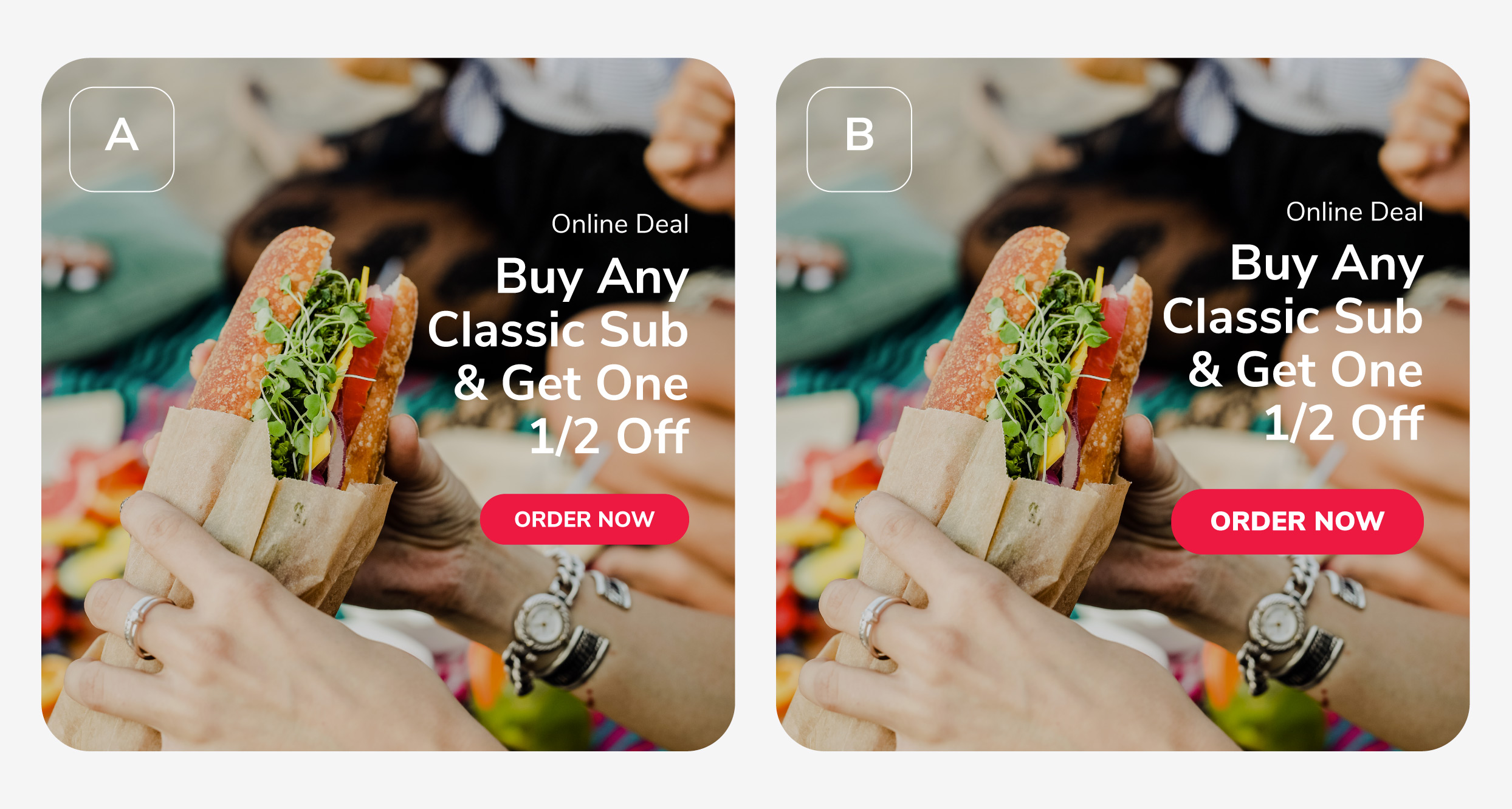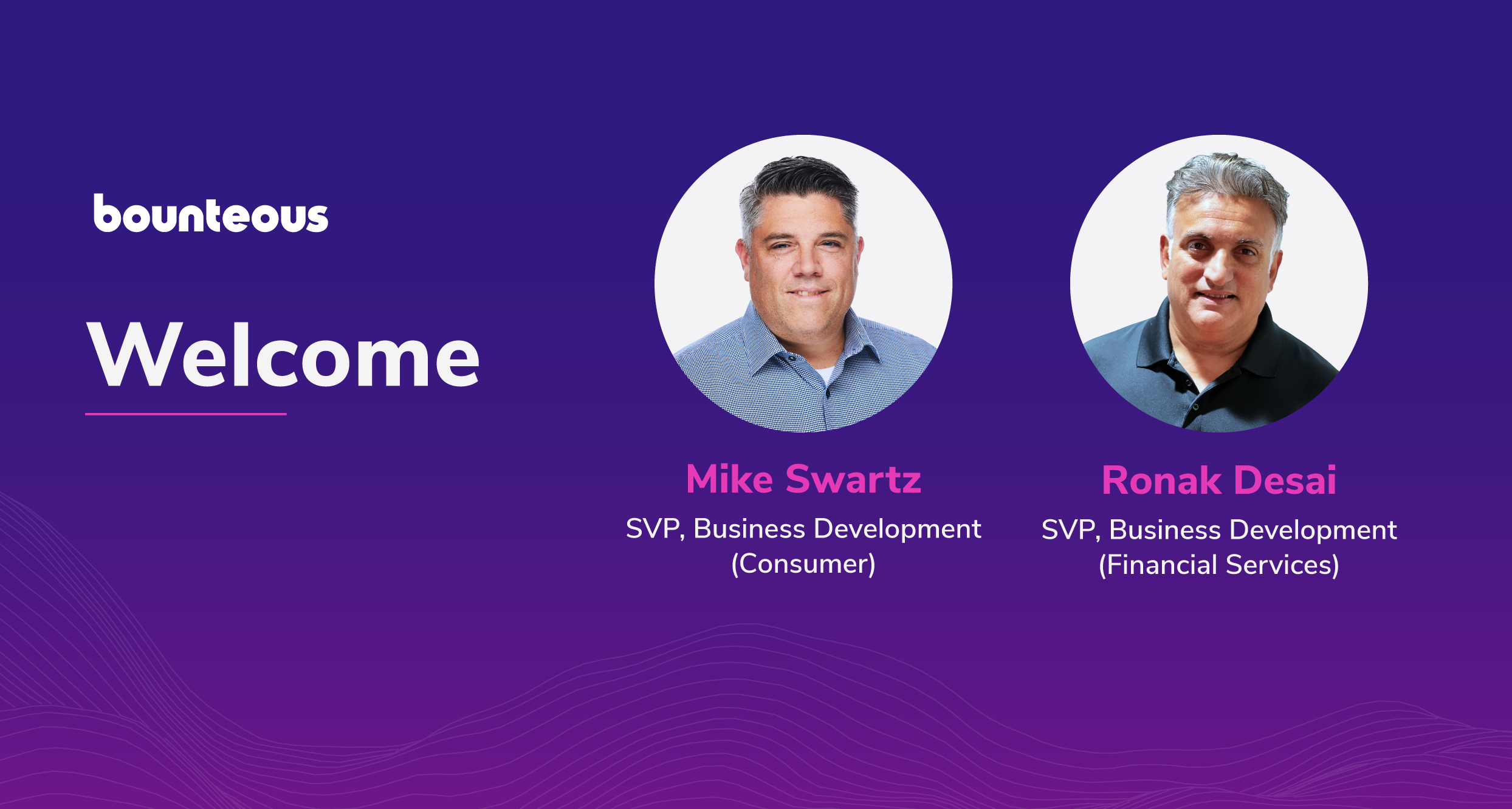Unlock Value with Test and Learn Framework

As a consumer, you know how much noise fills your inbox daily. As a marketer, breaking through the noise to remain relevant is a battle we face with each campaign. Unlocking this value and gaining momentum toward our KPIs involves trial and error. Jeff Bezos once said, “Experiments are key to innovation because they rarely turn out as you expect and you learn so much. If you can increase the number of experiments you try from a hundred to a thousand, you dramatically increase the number of innovations you produce.”
Test and learn framework is a powerful methodology that will help refine your strategy, keep your brand relevant in the inbox, and ultimately unlock your true channel value. Here, we explore the key components of test and learn framework and how it can be applied to your email marketing strategy today.
The Power of Testing
Executing thoughtful testing helps marketers better understand customer behavior, preferences, and what content resonates best with their desires and needs. Based on the data gathered from testing, you can continue to curate targeted messaging and enable a best-in-class customer experience.
Key Components
- A/B Testing: A/B testing includes creating two or more versions of your email campaign that will be sent to separate segments to measure the impact of the variable you are testing. An A/B test should only include one variable so the results are controlled on the element that moved the needle, and should be taken as a learning moving forward to apply to future campaigns. A/B tests could include subject line, preheader, creative, CTA, URL, and much more. By analyzing your A/B test results, you can continuously refine your email strategy by adopting these learnings into future campaigns.
- Segmentation Testing: Test and learn framework extends outside of content-related testing — it includes audience testing as well. By adding segmentation testing into the framework, you can begin to understand what content resonates with which audience based on demographics, preferences, and behaviors. By layering in this curated content, you begin creating more personalized and relevant campaigns.
- Send Time and Frequency Testing: The timing and frequency at which you are sending your campaigns can have a very significant impact on performance. Testing elements like the day of the week, send time, and how frequently you are sending your emails can provide data to determine when your audience is most responsive or likely to convert.
- Personalization Testing: With the number of emails a customer receives in one day, personalization is everything. This is what will set you apart and build deeper, more meaningful relationships with your customers. There are different levels of personalization to test into. Start with the basics, like including first names in the subject line. Once you start testing into the basics of personalization, you can become more advanced like building out dynamic content based on customer preference or behavior. As with any other email element, it is all about finding the right degree of personalization that resonates with your audience without feeling too invasive.
Implementation
- Define clear objectives: Before taking the step of creating your first test, determine your objectives. Do you want to improve open rates, increase click-through rates, or drive conversions? Having your objectives clearly defined upfront — how they will be measured — will help shape your testing strategy.
- Start small and scale: When starting a test and learn program, mitigating risk is essential, so start small. This will also help ensure you can gather your initial insights more quickly and efficiently. As you gather data, apply those learnings to your overall strategy to scale up for a greater impact on a larger segment of your audience.
- Analyze results promptly: It is very important to set aside time to monitor the performance of your tests, analyze the results, and apply learnings regularly. By analyzing results on time you can ensure you adapt to trends and preferences close to real time.
- Continuous optimization: Test and learn framework is an iterative process. Implementing a test and learn framework creates a multitude of opportunities to continuously improve your overall email strategy and optimize your campaigns. This will ensure your program is always evolving and set up for long-term success.
Applying Test & Learn Framework
Test and learn framework is a powerful tool that Bounteous works to implement across accounts. We construct the framework based on questions looking to be answered and identify long and short-term performance goals with a defined testing plan to get us there. Testing should not feel overwhelming — start small and work your way up to more complex segmentation and personalization testing. Even a test that may seem minimal could have a noteworthy impact on your overall program. For example, a client wanted to enhance and standardize the CTA size across all modules. This was a big lift due to the number of modules in their content library, so before rolling out, we ran a test to ensure it would not negatively impact performance. By running this test, we discovered the new, larger CTA size resulted in over a 4% lift in revenue and orders and more than a .4% lift in clicks for that campaign. As a result, the new sizing was standardized and applied to all email modules which is expected to result in $20MM incremental annual sales.

Start Optimizing Your Performance Today
In the ever-changing world of email marketing, implementing test and learn framework ensures your strategy is continuously evolving and focused on optimizing performance. Findings from testing will set you on the path to unlock the secret to success through experimentation and application of learnings, delivering relevant and personalized content to the right audience at the right time… Every marketer’s dream.


